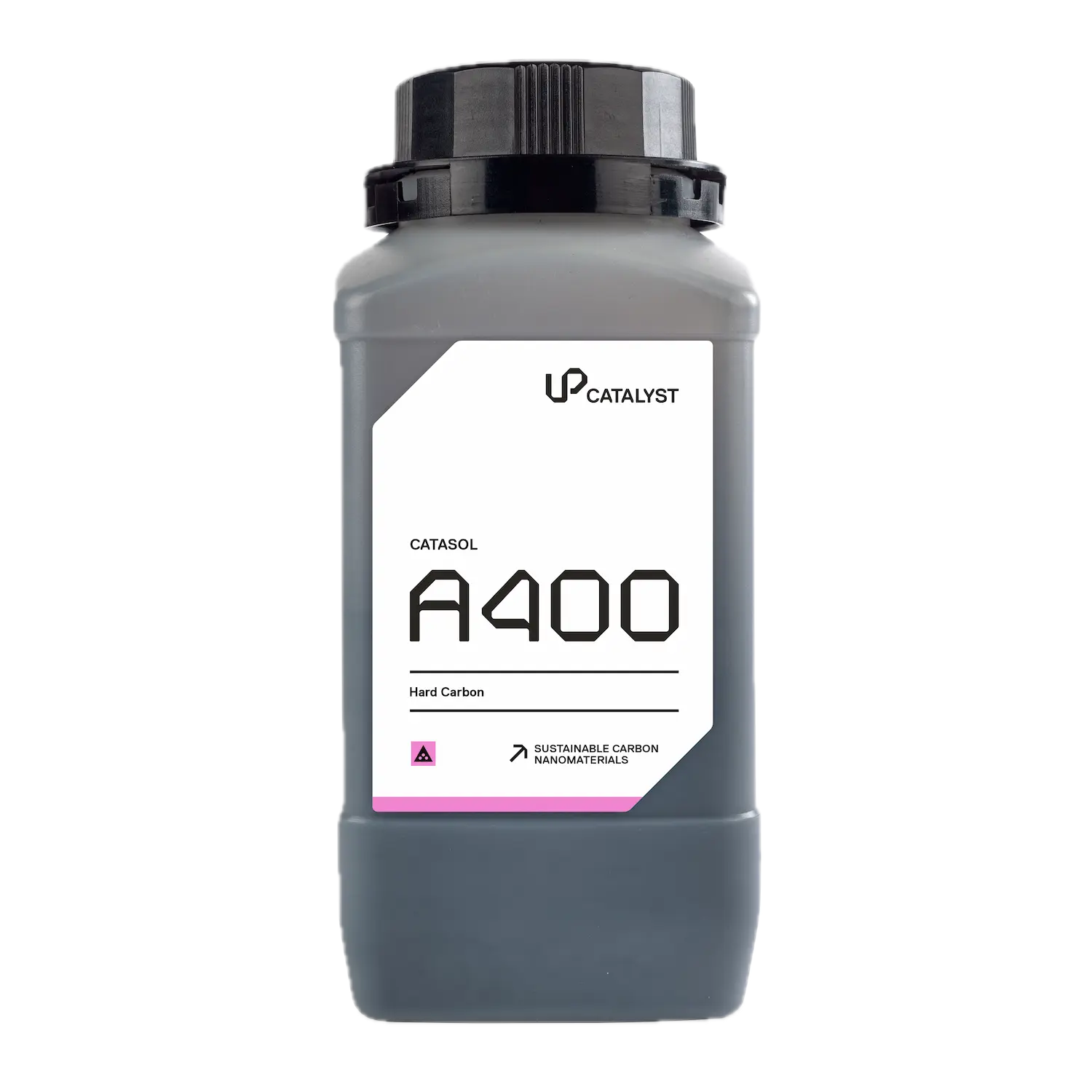Hard
Carbon
UP Catalyst Hard Carbon (HC) is a special type of carbon produced out of biomass waste – an organic material with a carbon-rich structure. Reduced carbon footprint, high purity, and ultra-microporosity distinguish our lignin-derived hard carbon from the market.

Dispersion

Powder
Hard carbon stands out due to their high surface area and nanometer pores.
It is a valuable component in the energy storage sector, especially in supercapacitors and sodium-ion batteries, where it is proven to enhance the battery capacity.

Hard carbon improves ionic flow and provides higher power density in batteries.

Be part of the green revolution using sustainable carbon
nanomaterials and graphite made from industrial CO₂ emissions.
Be part of the green revolution using sustainable carbon nanomaterials and graphite made from industrial CO₂ emissions.
Akadeemia tee 23,
12618 Tallinn, Estonia
+372 5329 2353
Jaama tee 6,
74114 Maardu, Estonia
+372 5329 2353
Contact us at info@upcatalyst.com
© UP Catalyst 2025 Privacy Policy